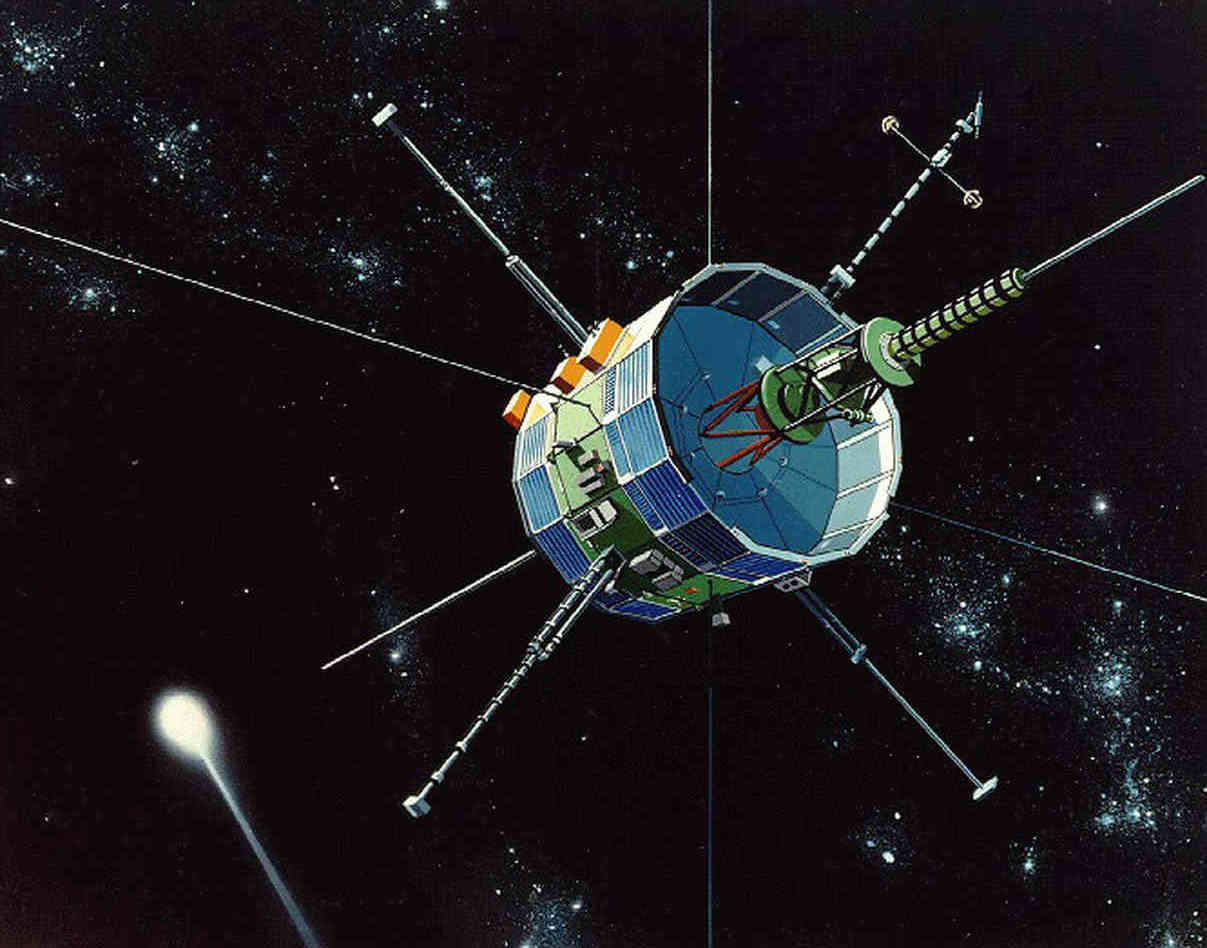How to save a spacecraft: Nasa approves crowd-funded attempt to rescue abandoned 70s probe
ISEE-3 was launched in 1978 and will be passing back by the Earth in August

For the first time ever Nasa has signed an agreement allowing a group of citizen scientists to contact, and hopefully take control of, a wandering spacecraft abandoned in 1997.
After using crowdfunding to raise just under $150,000 to salvage the 70s-era technology needed to communicate with the probe, an American team of engineers, programmers and scientists have received Nasa’s official blessing to go ahead with the project this Wednesday.
“We’ve heard the spacecraft, we’ve listened to it, but we haven’t talked to it yet,” Keith Cowing, a former Nasa engineer and the co-project leader for the ‘Reboot ISEE-3’ mission, told The Independent. “That’s what we’re going to be doing within the next few days.”
The project’s ‘away team’ travelled to Puerto Rico a few days ago to take charge of the world’s largest radio telescope at the Arecibo Observatory for a few days - “It’s a big honking dish,” says Cowing - retrofitting it with the decade-old equipment needed to talk to the probe.
“After that we can find out if we can tell it do things is,” he says. “Turn the instruments on, find out how healthy it is.” If these tests check out then the next step will be to plan a new orbit “somewhere within the Earth-Moon system” where it can start sending new scientific data back to Earth.
For the ISEE-3 this is only the latest chapter in what has been an unusual and varied biography. Originally launched in 1978, the probe was the first object ever placed in a Lagrangian point; one of the solar system’s five gravitational ‘sweet-spots’ where an object’s orbital motion is balanced precisely with the pull of both the Earth and the Sun.
Reaching this spot is like a basketball player throwing a three-pointer and choosing to balance the ball on the back of the hoop instead of scoring – a tough shot, but once it’s landed, scientists have a little island of stability that's convenient for carrying out observations (if you’re a spacecraft that is, not a basketball).
By 1997 though, Nasa felt they had done all they could with the craft and deactivated it, leaving only the probe’s radio transmitters in operation as a tantalising reminder to Earth-bound scientists of the decommissioned but operational hardware.
“It’s like leaving a ship floating off the coast with the radio on,” says Cowing. “It’s still intact and there’s fuel in the engine and anyone can jump in.”
When he and his team discovered that the ISEE-3 would be passing back by Earth this August (it's pronounced ‘icy 3’), they set up a website to gather funds and ensure that the opportunity to get back in contact would not be missed.
“We had to recreate the hardware and the software needed to talk to the spacecraft,” says Cowing. “But luckily a lot of people - engineers in their 70s and 80s - had stuff saved in their garages, and their spouses were more than happy for us to help get rid of it.”
Nasa will be sharing with the team all the technical information needed to get ISEE-3 working again, and the group is establish communications “no later than mid-June”.
“People ask why are we doing this and we reply because we can,” says Cowing. “It’s working because people think it’s cool. The internet finds it interesting and we really appreciate it. That’s the message to any space agency – that there are people interested in space and they’re not necessarily space people.”
Writing on the campaign’s webpage, co-project leader Dennis Wingo describes the mission not only as an opportunity to gather new scientific knowledge (all of which will be freely shared with Nasa and the wider scientific community) but also as a chance to bring together engineers who might have worked on the probe in the 70s with younger scientists.
“It is the continuity between the generations that is as important as understanding our deep past that will allow us to move forward into the future,” writes Wingo, signing off with the optimistic cry: “Another impossible project to pull off, lets go!”
Subscribe to Independent Premium to bookmark this article
Want to bookmark your favourite articles and stories to read or reference later? Start your Independent Premium subscription today.

Join our commenting forum
Join thought-provoking conversations, follow other Independent readers and see their replies